
New sensor chip advances rapid, cost-effective disease diagnostics (22/06/2023)
Texas A&M AgriLife Research
scientists and collaborators at Iowa State University have developed a sensor
chip that can detect many disease pathogens with 10 times the sensitivity of
currently available methods.
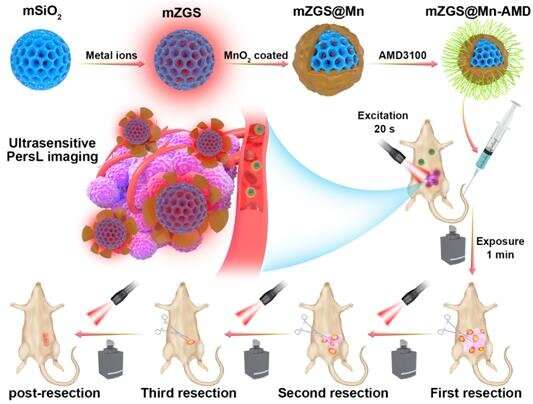
Near-infrared persistent luminescence nanoprobe developed for ultrasensitive image-guided tumor resection (20/06/2023)
Medical imaging technology such
as magnetic resonance imaging (MRI), computed tomography (CT) and X-ray cannot
provide real-time images during tumor resection surgery, and surgeons usually
rely on visual cues, touch and experience to distinguish tumor margins, leading
to a high probability of tumor residues.
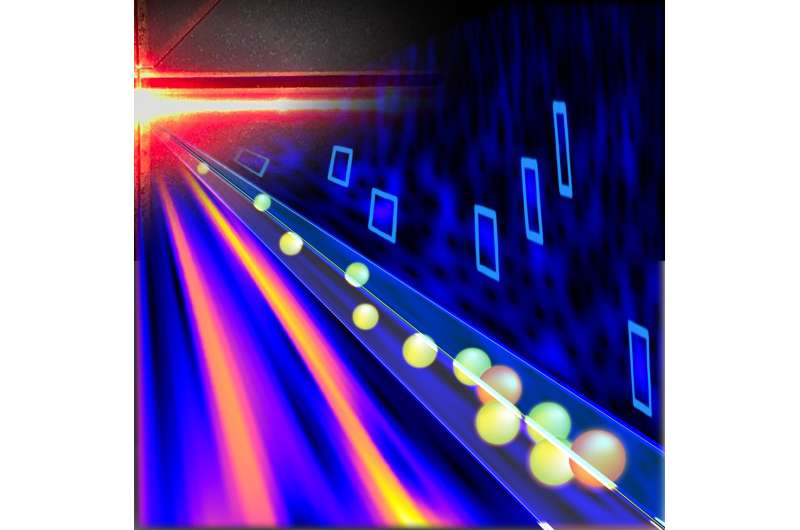
Researchers make major strides toward an all-purpose biosensor chip (17/06/2023)
Researchers have demonstrated
significant improvements for chip-based sensing devices used to detect or
analyze substances. The achievements lay the groundwork for highly sensitive
portable integrated optofluidic sensing devices that could be used to perform
various types of medical tests simultaneously even if they involve completely
different types of bioparticles—such as viral particles and DNA—at widely
varying concentrations.
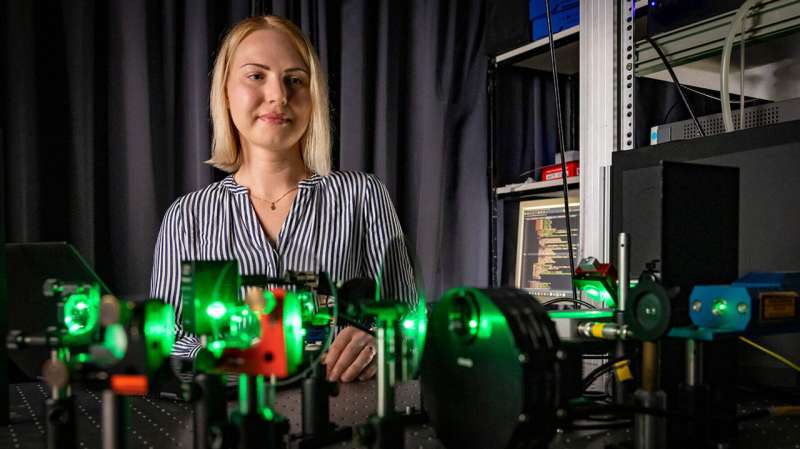
Breakthrough in understanding charge transport in organic solar cells (17/06/2023)
Researchers
from the Professorship of Optics and Photonics of Condensed Matter, headed by
Prof. Dr. Carsten Deibel, of Chemnitz University of Technology and other
partner institutions are currently working together on solar cells made of
novel organic semiconductors, which can be manufactured using established
printing or thermal evaporation methods.
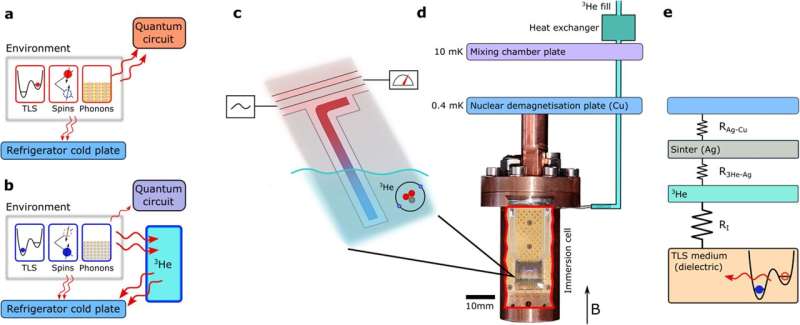
New cooling technology developed for quantum computing circuits (17/06/2023)
Typical superconducting quantum circuits, such as
qubits—basic processing units of a quantum computer, must be operated at very
low temperatures, of a few 10s of millikelvin, or hundredths of a degree from absolute
zero temperature. These temperatures are today easily accessible in modern
refrigerators. However, the intrinsic temperature of devices turns out to be
much higher because the materials required to make good qubit circuits are by
their nature very poor thermal conductors. This thermalization problem becomes
more and more acute as the scale and complexity of circuits grow.
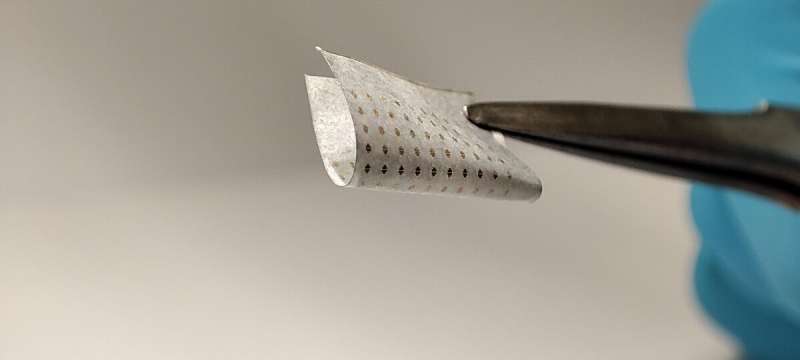
A collaborative team led by
researchers from City University of Hong Kong (CityU) recently invented an innovative
method for synthesizing high-quality, semiconducting nanomesh at a lower
temperature and production cost than conventional methods. The findings will
help enable the large-scale production of nanomesh for next-generation
electronics.
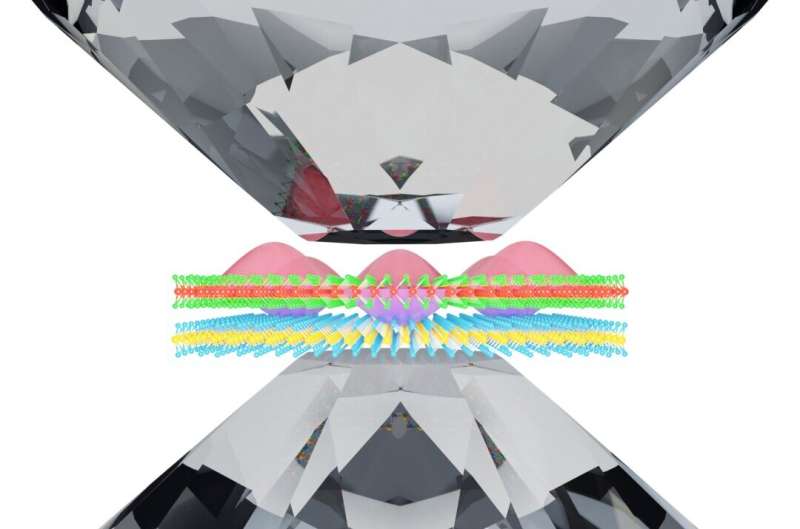
International team reports powerful tool for studying, tuning atomically thin materials (17/06/2023)
Physicists have been riveted by
systems composed of materials only one or a few layers of atoms thick. When a
few sheets of these two-dimensional materials are stacked together, a geometric
pattern called a moiré pattern can be formed. In these so-called moiré systems,
new, exotic phenomena can occur, including superconductivity and unconventional
magnetism.
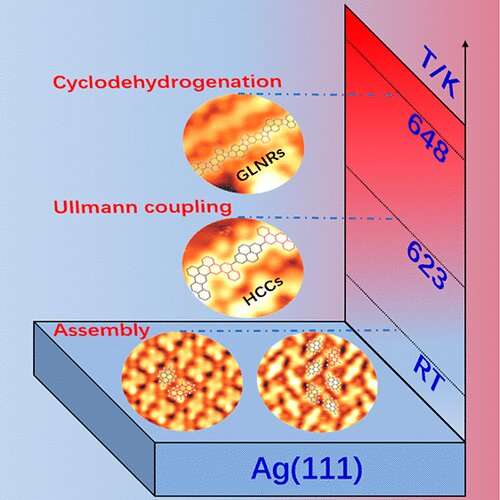
Novel approach to fabricating artificial graphene nanoribbons with embedded pentagon carbon (17/06/2023)
Graphene nanoribbons (GNRs) have
attracted much attention due to their unique electronic structures with high
tunability of physical structures.
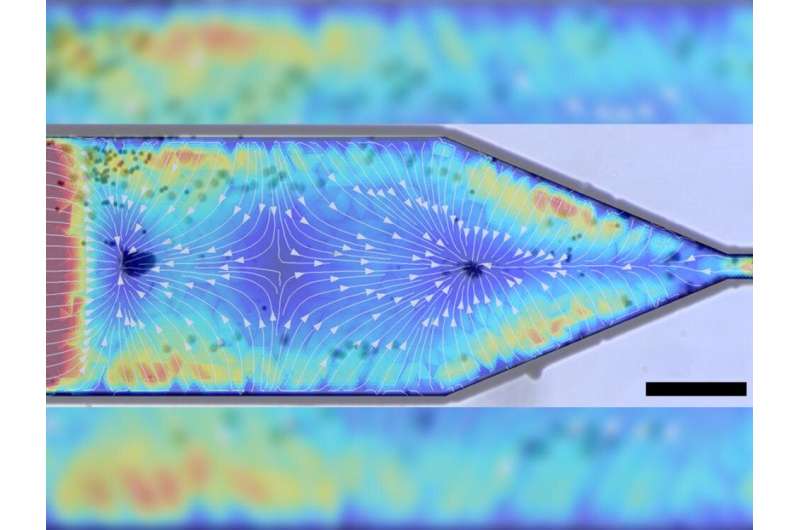
Researchers use ultrasound to control orientation of small particles (17/06/2023)
Acoustic waves may be able to
control how particles sort themselves. While researchers have been able to
separate particles based on their shape—for example, bacteria from other
cells—for years, the ability to control their movement has remained a largely
unsolved problem, until now.Using ultrasound technology and a nozzle,
Penn State researchers have separated, controlled and ejected different
particles based on their shape and various properties. They published their
results in the journal Small.
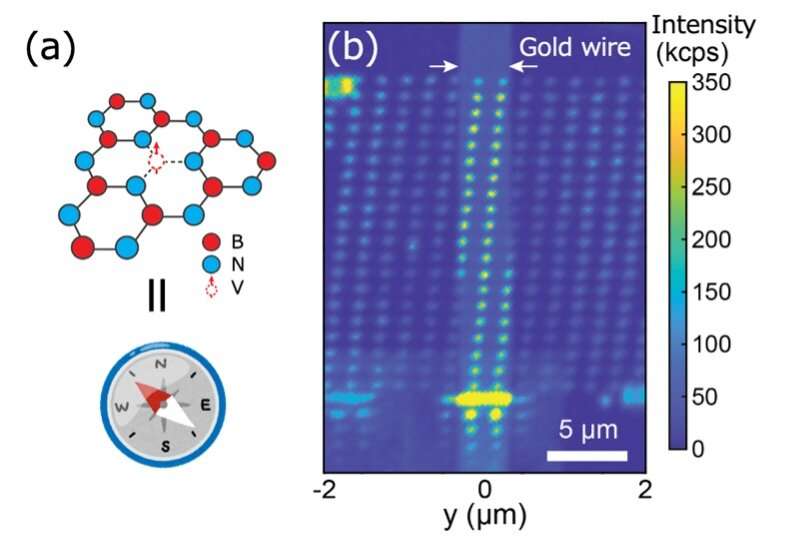
Researchers succeed in arranging nanoscale quantum sensors on desired targets (17/06/2023)
University of Tokyo scientists
have achieved the delicate task of arranging quantum sensors at a nanoscale,
allowing them to detect extremely small variations in magnetic fields. The
high-resolution quantum sensors will have potential uses in quantum materials
and electronic device research. For example, the sensors can help develop hard
disks that use nano-magnetic materials as storage elements. This is the world's
first successful high-resolution magnetic field imaging using a nanoscale
arrangement of quantum sensors.









